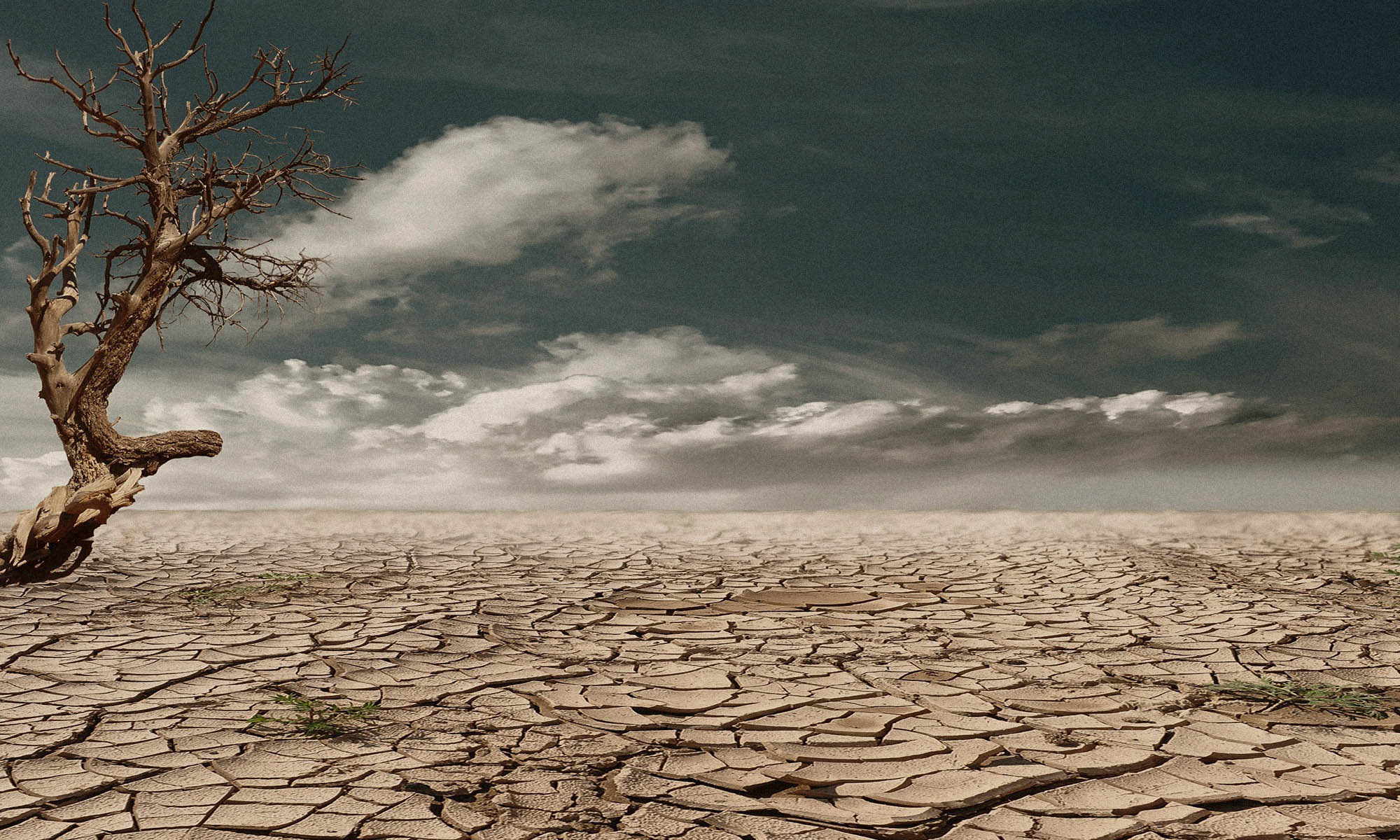KENYA: Wilbroda Wandera, “We won’t sleep hungry when I have 40 shillings”
 Photo: Jane Some/IRIN  |
| Wilbroda Wandera |
KIBERA, 14 May 2010 (IRIN) – Widowed 16 years ago, Wilbroda Aoko Wandera, 48, has had to become creative with the little she has, at times spending just 40 shillings (US$0.50) to feed her family of 10. She has no steady job and sells spinach, plaits hair and washes clothes for a fee. She spoke to IRIN on 13 May:
“My husband had been sick for a long time, but his relatives chased me away with my children and demolished our house upcountry when he died, saying I had something to do with his death. Since then life has been one long struggle.
“My mother sent me bus fare when she learnt I had been chased away and I returned to Nairobi where we had been living before my husband died.
“I have tried many things to feed my family and to put the children into school; right now two boys are in secondary school.
“I have sold [donuts] and worked as a cleaner at the Catholic Church nearby. One time I got lucky when the local chief allowed me to build a kiosk near the road; I used the front part as a salon where I plaited people’s hair and lived in the back with my children. However, this was demolished in 2007 to pave way for the Kibera slum upgrading programme. Now I live near the river, where I have built a mud structure.
“We mostly live on one meal a day. This is hard, especially on the children. I have learnt to make meals for the whole family even when I have only 40 shillings [$0.50]. With this, I buy maize flour for 20 shillings, sugar for five, paraffin for 10, a lemon for two and water for three. This will make a [pot] of porridge and everybody can get a cup. That takes us to the next day.
“When I have 50 shillings, I buy sukuma wiki [kales] for 10 shillings, maize flour for 30, cooking oil for five and paraffin for five. With this, I cook ugali and the sukuma wiki and everyone will at least have a hot meal.
“On a good day, when I make at least 100 shillings, the diet is better; I buy maize flour for 45, omena [sardines] for 20, tomatoes for 10, paraffin for 10 and cooking oil for 10. This is enough for two meals for the whole family. But the days I make 100 are rare. Besides, when I make more than 100, I put away some money for school fees and rent.
“I feel blessed that I have the support of other widows. We formed a self-help group in 2007. We are there for each other, we skip meals together, we help each other in merry-go-round donations of 20 shillings a week and struggle to bring up our children. Life in Kibera is hard but it is 10 times harder for a widow with children.”
Source: IRIN News




